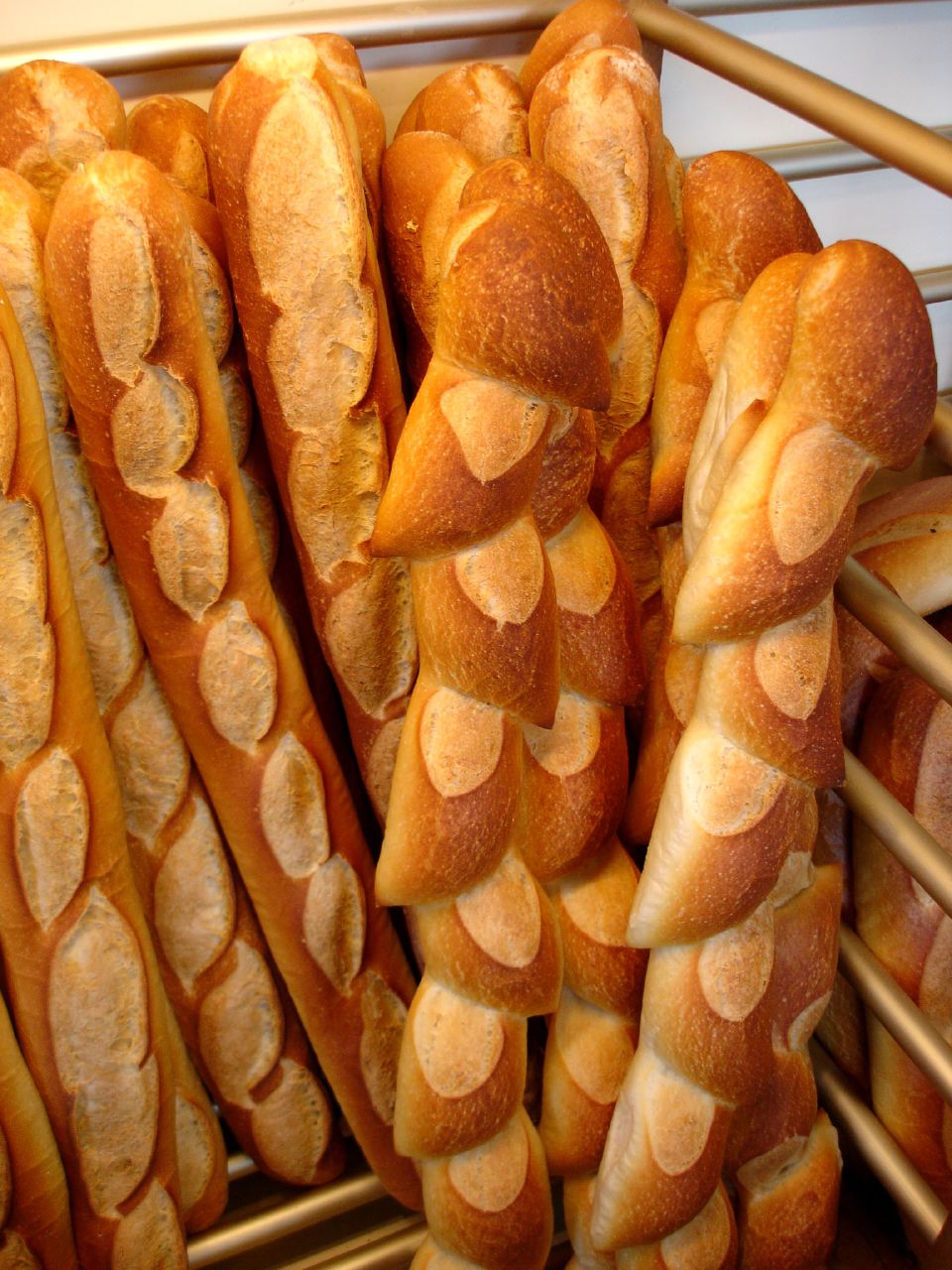December 1, 2012 -- In 2006, Tracy Oseran was driving home from work and heard a news story on the radio about a New England nonprofit called Food For Free, which delivers fresh produce to food pantries, meals-on-wheels programs and other services that deliver food to people in need.
 She thought surely there was a similar organization in Portland, but discovered there wasn't – so she decided to start one. She and her two teenage children reached out to chefs at the Blue Hour restaurant in Portland, where she knew some of the cooking staff, began taking their surplus food to the Blanchet House in downtown Portland – and so Urban Gleaners, which incorporated as a nonprofit two years later, was born.
She thought surely there was a similar organization in Portland, but discovered there wasn't – so she decided to start one. She and her two teenage children reached out to chefs at the Blue Hour restaurant in Portland, where she knew some of the cooking staff, began taking their surplus food to the Blanchet House in downtown Portland – and so Urban Gleaners, which incorporated as a nonprofit two years later, was born.
Urban Gleaners now receives donations of surplus food from restaurants, grocery stores, farmer's markets, and more recently, farmers themselves – and takes donations to soup kitchens, homeless shelters, programs for at-risk youth, and emergency food programs at elementary and middle schools.
The organization fills a niche in the fight against hunger: most organizations that accept food donations only take non-perishable items that can keep on food pantry shelves for a long period. Urban Gleaners primarily takes fresh produce, prepared foods and groceries that are at or near their sell-by dates, but are still edible if consumed quickly.
“Most of the food that we get is perishable. It's not food that will last years and years. It's almost at the sell by date or right after but it's still edible,” said Emily Kanter, assistant director of Urban Gleaners. Vendors at the Portland Farmer's Market will donate items that haven't sold by the end of the day, she noted – items they likely would have taken back to their farms and composted, but which they can now use to feed people who need it.
At the beginning, Kanter said, Urban Gleaners reached out to agencies and schools to find out if they had a need for perishable food – but gradually organizations and schools began reaching out to them: “There's no shortage of places that we can take food at the moment.”
Urban Gleaners now brings food to 12 elementary and middle schools, most in school districts in East County, where a high percentage of children qualify for free and reduced lunch.
The food isn't served during school meals – rather, children can take food home with them in their backpacks to share with their families.
Kate Barker, principal of Cherry Park Elementary School, said she first became aware of Urban Gleaners while working at Powellhurst Elementary. A Powellhurst parent, who was also an Urban Gleaners volunteer, told her the organization had massive amounts of bread that was not getting used, and asked if it could be delivered at schools. Barker added that 80 percent of students in the David Douglas School District qualify for free or reduced lunch.
For some students in Portland's poorer districts, Kanter noted, the food they get at school is they only food they regularly have access to.
“A lot of these families are unaware of other resources that are out there,” Kanter said. By making produce available to children in schools, “kids can bring it home on the bus. It's a really easy access point that we might not otherwise be able to reach.”
“With the exception of a dented can here and there, nothing goes to waste,” Barker said. “We keep a box to a local farmer who gives food to his livestock.”
US Department of Agriculture numbers consistently rank Oregon as one of the most food-insecure states in the country, with 6.6 percent of households in the state having gone hungry sometime in the last year, and one in five households receiving food assistance (food stamps).
Image for this story by Julie Kertesz (CC BY-NC-SA 2.0) via Flickr.